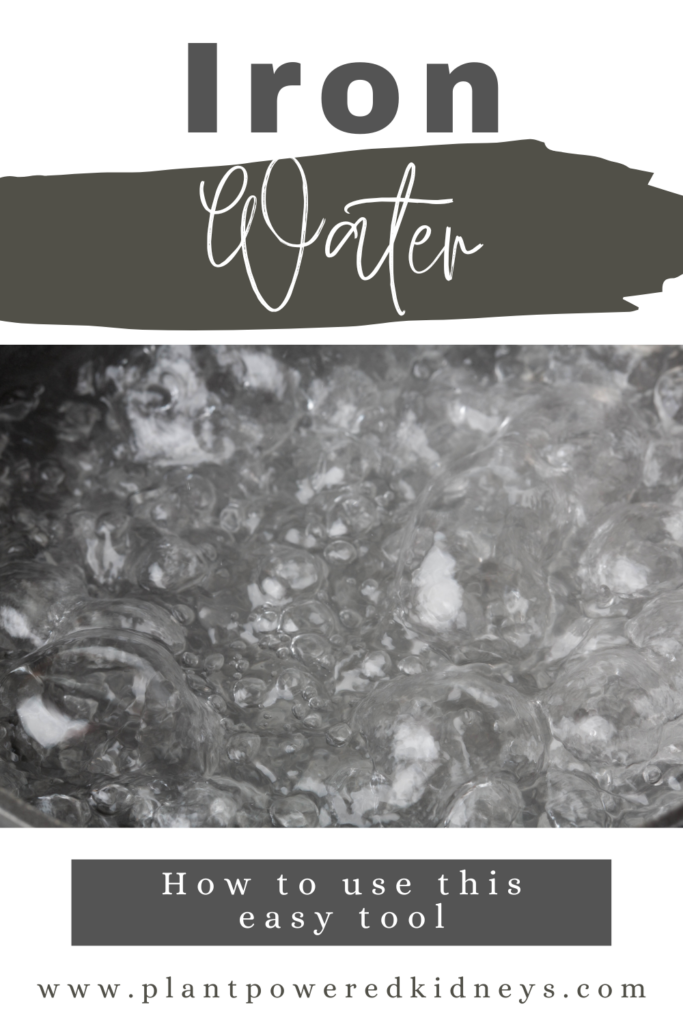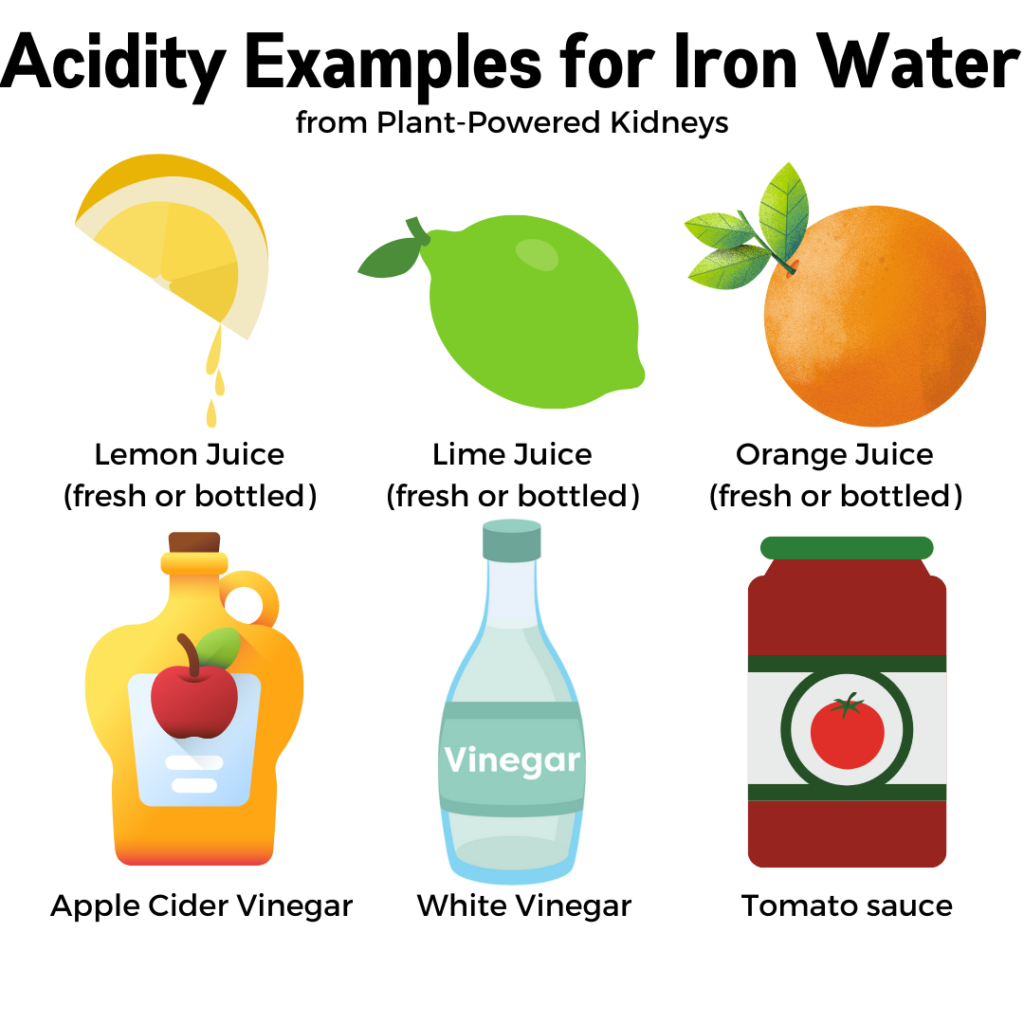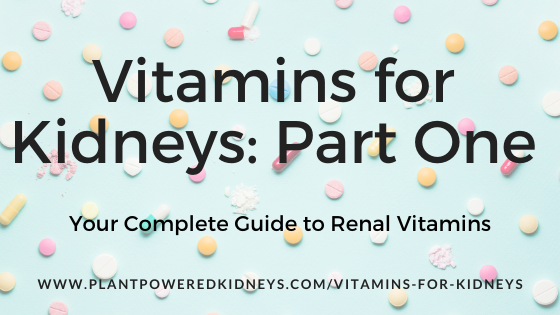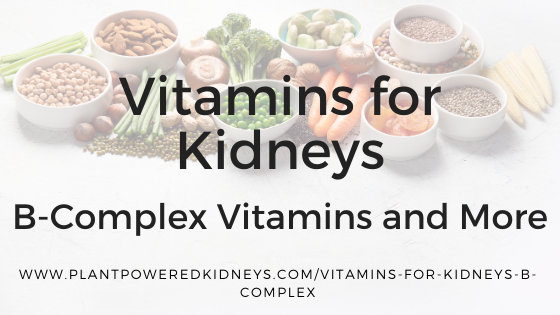Drinking water is typically well-filtered to eliminate many naturally occurring minerals. However, some water can be enhanced with minerals to provide a boost in our diet. One that is less common but potentially helpful is iron water. Infusing iron into drinking water can provide benefits for those that are iron deficient or at risk of iron deficiency. In this article, we’re going to cover what exactly iron water is, who can benefit from drinking it, who should not drink it, and how to make it.
*This article contains affiliate links in which we earn a small percentage of sales at no expense to you. We only ever provide affiliate links for products that we truly believe in and recommend frequently. Thank you for your support!
Table of Contents
Why is iron important?
Iron is a mineral. It is important for our blood. It makes up a part of hemoglobin, a type of protein in red blood cells.
Iron also helps make myoglobin. Myoglobin delivers oxygen to the muscles.
These red blood cells carry oxygen through the body to keep our organs functioning (including the kidneys).
Iron is also required to make certain hormones.

Heme vs Non-heme iron
There are two types of iron found in the diet.
Heme iron comes from animal foods. Sources of heme iron include poultry, fish/seafood, meats, and even dairy and eggs.
Non-heme iron comes from plant foods. Examples of non-heme iron in the diet include dark, leafy greens, whole grains, and legumes like lentils and soybeans.
Heme iron is more highly absorbed compared to non-heme iron. Heme iron is absorbed by approximately 15 to 35%.
However, non-heme iron is absorbed between 2 and 20%.
How much iron do we need?
The amount of iron required is based on a person’s age, sex, and diet.
Additionally, iron needs can also change depending on certain health ailments.
Below is a table of the recommended amount of iron needed for the general population based on life stage.
| Life Stage | Recommended Amount of Iron per Day (milligrams) |
|---|---|
| Birth to 6 months | 0.27 mg |
| Infants 7 – 12 months | 11 mg |
| Children 1 – 3 years | 7 mg |
| Children 4 – 8 years | 10 mg |
| Children 9 – 13 years | 8 mg |
| Teen boys 14 – 18 years | 11 mg |
| Teen girls 14 – 18 years | 15 mg |
| Pregnant teens | 27 mg |
| Breastfeeding teens | 10 mg |
| Adult men 19 – 50 years | 8 mg |
| Adult women 19 – 50 years | 18 mg |
| Pregnant women | 27 mg |
| Breastfeeding women | 9 mg |
| Adults 51 and older | 8 mg |
Iron needs for vegetarian and vegan diets
Those following a vegan diet will be lacking heme iron. Vegetarians may also be iron deficient if not consuming enough iron.
A benefit to a vegan or vegetarian diet is the ample amount of vitamin C that can be consumed with fruits and vegetables.
Vitamin C helps increase the absorption of iron, including non-heme iron.
Iron deficiency: who’s at risk
There are several populations that are at higher risk of developing iron deficiency.
This can include:
- Vegetarians
- Vegans
- Teens/Women during menstruation
- Women during pregnancy
- Women during breastfeeding
Vegan/vegetarian women tend to have the highest risk of developing iron deficiencies.
There are certain health conditions or situations in which a person can be at risk for iron deficiency. This can include:
- chronic kidney disease
- end-stage kidney disease on dialysis
- Gastric bypass surgery
- Colon cancer
- Internal bleeding (i.e. Bleeding ulcers)
- Heavy use of high-dose aspirin
Don’t miss this article about kidney disease and iron-rich foods.
Can you get too much iron?
Consuming too much iron can cause constipation, nausea, abdominal pain, upset stomach, vomiting, and diarrhea.
Excessive iron can also cause inflammation in the stomach lining. It may also potentially cause ulcers.
Iron toxicity: who’s at risk
There are certain people that are at risk of getting too much iron.
Some people have a genetic condition known as hemochromatosis.
This can cause toxic levels of iron to build up in the body. If untreated, hemochromatosis can lead to liver cirrhosis, liver cancer, and heart disease.
Those with hemochromatosis are generally advised to avoid iron supplements of any kind.
What is iron water?
Iron water is water infused with iron.
Using a product like Lucky Iron Fish/Leaf* in water can include approximately 6 – 8 milligrams of absorbable iron per liter of water.
How much iron is in regular drinking water?
Standard tap or drinking water is not a source of iron.
One study tested water samples across the United States. It found an average amount of 0.04 milligrams of iron per 2 liters of drinking water.
Difference between drinking water and iron water
As seen from the reference above, drinking water does not contain a significant amount of iron.
Iron water can be used as an iron supplement due to its higher iron content.
Iron deficiency anemia and kidney disease
A common concern for those with chronic kidney disease is iron deficiency anemia.
One of the kidneys’ roles is to create red blood cells. When kidney function decreases, so does its ability to create red blood cells.
Many kidney patients in late-stage CKD or on dialysis require iron supplements. This can come from oral supplements and/or intravenous (IV) shots or infusions.
Can kidney patients use iron water?
As mentioned, many kidney patients benefit from prescription oral or IV iron supplements.
Iron water can provide absorbable iron to help further supplement iron needs.
Discuss with your doctor and dietitian about adding it to your diet prior to starting.
Your healthcare provider may want to check your iron levels to assess how the supplements are working.
How to make iron water
Making iron water with the Lucky Iron Fish/Leaf is simple as 1-2-3!
1. Boil your water
Measure out 1 liter of water and add to a large pot. Bring to a rolling boil.
2. Clean your Lucky Iron Fish/Leaf
Always wash your Lucky Iron Fish/Leaf with soap and water before using.
3. Add some acidity
Add 2 to 3 drops of acidity to the water. This helps pull the iron from the Lucky Iron Fish/Leaf.
Examples of acidity
Here are some examples of acidity to add to the water:
- Fresh or bottled citrus (such as lemon, lime, or orange)
- Vinegar (such as white, apple cider, and red wine vinegar)
- Tomato/tomato products (sauce, stock)
4. Boil with your Lucky Iron Fish/Leaf
Finally, allow the water boil for 10 minutes.
Store in the refrigerator or at room temperature for 2 – 3 days.

Can I boil the Water for longer to get more iron?
Boiling the Lucky Iron Fish/Leaf* for more than 10 minutes can result in more iron being added to the water.
However, the package guidelines recommend sticking to 10-minute boiling.
Additionally, some users have reported discoloration of the water and/or food, as well as an undesirable taste, when boiled for more than 10 minutes.
Results from Using Iron Water
Some research has shown improved ferritin (stored iron) and hemoglobin (circulating iron) levels with consistent use of Lucky Iron Fish/Leaf.
Consistent use is recommended at least 3 times per week.
Iron levels have shown potential improvement after 3 to 6 months for those with iron deficiency or iron deficiency anemia.
Lucky Iron fish has not been shown to be beneficial for extreme anemia or genetic hemoglobin disorders.
Ways to use Iron Water
Besides drinking plain water, it can be used in plenty of ways.
Cooking
Use prepared water for any liquid-based cooking.
Use it when cooking oatmeal for breakfast. It can also be used for cooking grains such as rice, quinoa, and teff.
It can also be used to soak and cook dried beans!
The Lucky Iron Fish/Leaf* can even be used directly in broths, soups, curries, sauces, and stews.
Drinking
Try freezing into an ice cube tray to make iron-infused ice cubes for other beverages like juice and smoothies.
(And FYI, the Lucky Iron Fish/Leaf will not create iron water by simply adding it to a water bottle. It needs to be boiled along with acid to allow the iron into the water.)
Summary
Iron water can be a great, easy way to add iron to the diet. When made with Lucky Iron Fish/Leaf*, a liter can provide 6 – 8 milligrams of absorbable iron per liter.
Those that follow a vegetarian or vegan diet may benefit from more iron, as can women in menstruation, pregnancy, or breastfeeding.
Those with hemochromatosis should not consume iron water or other iron supplements.
Fortified water with iron can be made in 10 minutes with a Lucky Iron Fish/Leaf*, one liter of water, and 2 – 3 drops of acidity such as lemon juice.
When in doubt, it’s best to check with your doctor and healthcare team about how much iron to consume and if Lucky Iron Fish/Leaf would be a helpful addition to your diet.


